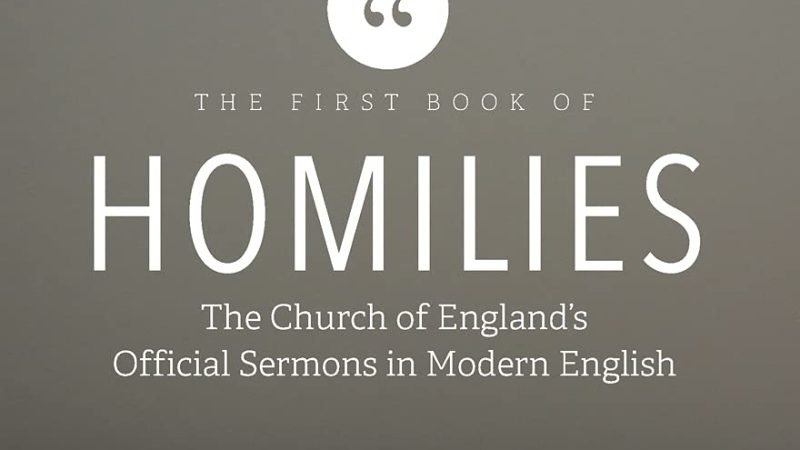In the past few decades, there has been a grassroots resurgence of evangelical Anglicanism as a confessional position. A new generation has uncovered our formularies.
The Articles of Religion have been brought back out of the drawer of “historical documents” and shown to have tremendous value in defining Anglicanism—not that the idea of clergy subscription to the Articles has caught on in many places (though the practice does still exist), but a step has been taken.
The prayer book has seen a resurgence with a generation starved for want of “ancient books” (as C.S. Lewis termed them), discovering afresh the truth and beauty of the prayer book’s collects, confessions, and communal worship.
Included in this resurgence of our formularies is The Books of Homilies: Certain Sermons or Homilies Appointed to Be Read in Churches, which are being studied afresh, with top-rate scholars presenting them to the Church in academic/critical editions (Gerald Bray’s The Books of Homilies: A Critical Edition being the prime example). The Books of Homilies, as originally written, weren’t intended to be received academically or critically; instead, they were pastoral. Thomas Cranmer and other leaders of the English Reformation recognized that, while the Church of England’s theology and practice was reforming, ordinary clergy on the front lines in England’s parish churches could not keep up. Clergy needed help in communicating the gospel to their people:
all they which are appointed Ministers, have not the gift of preaching sufficiently to instruct the people, which is committed unto them, whereof great inconveniences might rise, and ignorance still be maintained, if some honest remedy be not speedily found and provided.1
And to that end, homilies were written by the leaders of the church and disseminated to parish clergy with instruction that these homilies (and these only) should be read on Sunday mornings to instruct the people in the gospel and to give proper theological training of the clergy.
Lee Gatiss, in the pastoral spirit of the English Reformers, has modernized The First Book of Homilies for today’s reader. “I have … not sought to replicate them in every detail. Rather, this is a lightly edited version of the 1547 text in modern English …”2 What he wonderfully accomplishes is a version of The First Book of Homilies that is faithful to the originals while being accessible to the modern church member. Footnotes are given in the homilies when significant word changes are made and to illuminate details in the original footnotes. The footnotes are kept to a minimum, and the work reads more like devotional material and less like historical theology.
Typically, the most difficult aspect of the Homilies for modern readers is the long sentences and long text of the homilies. Lee has made many of the sentences more manageable while not losing the beauty or meaning of them. The homilies are also divided so that each section of a homily can be read in about fifteen minutes; each ends at a point where the flow of the homily can be picked up in a subsequent reading.
To me, Gatiss’ edition of The First Book of Homilies, as well as the 1662 Book of Common Prayer: International Edition, as just two examples, should reveal to us that we are at the beginning of a new golden age for Confessing Anglicanism. Gatiss’ edition of The First Book of Homilies can and should be read as Sunday morning sermons in any Anglican congregation. I have not yet used Gatiss’ version but have updated some of the homilies in the past for this use. They have always been received very warmly, even by congregations that are not favorably disposed towards Confessional Anglicanism. The only critique of Gatiss’ work that I have is that he still has the Second Book of Homilies to modernize!
- The introduction to the First Book of Homilies. ↩︎
- Page 21. ↩︎


